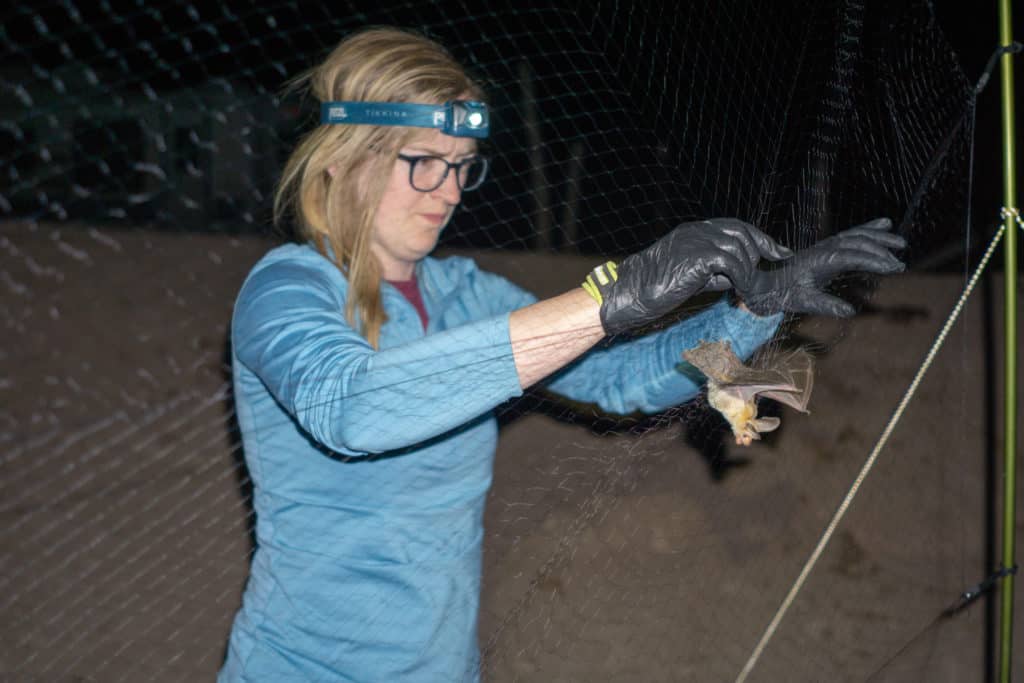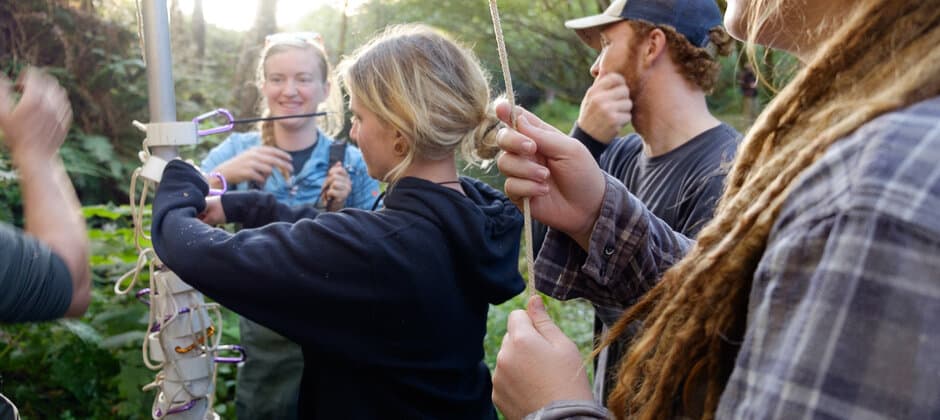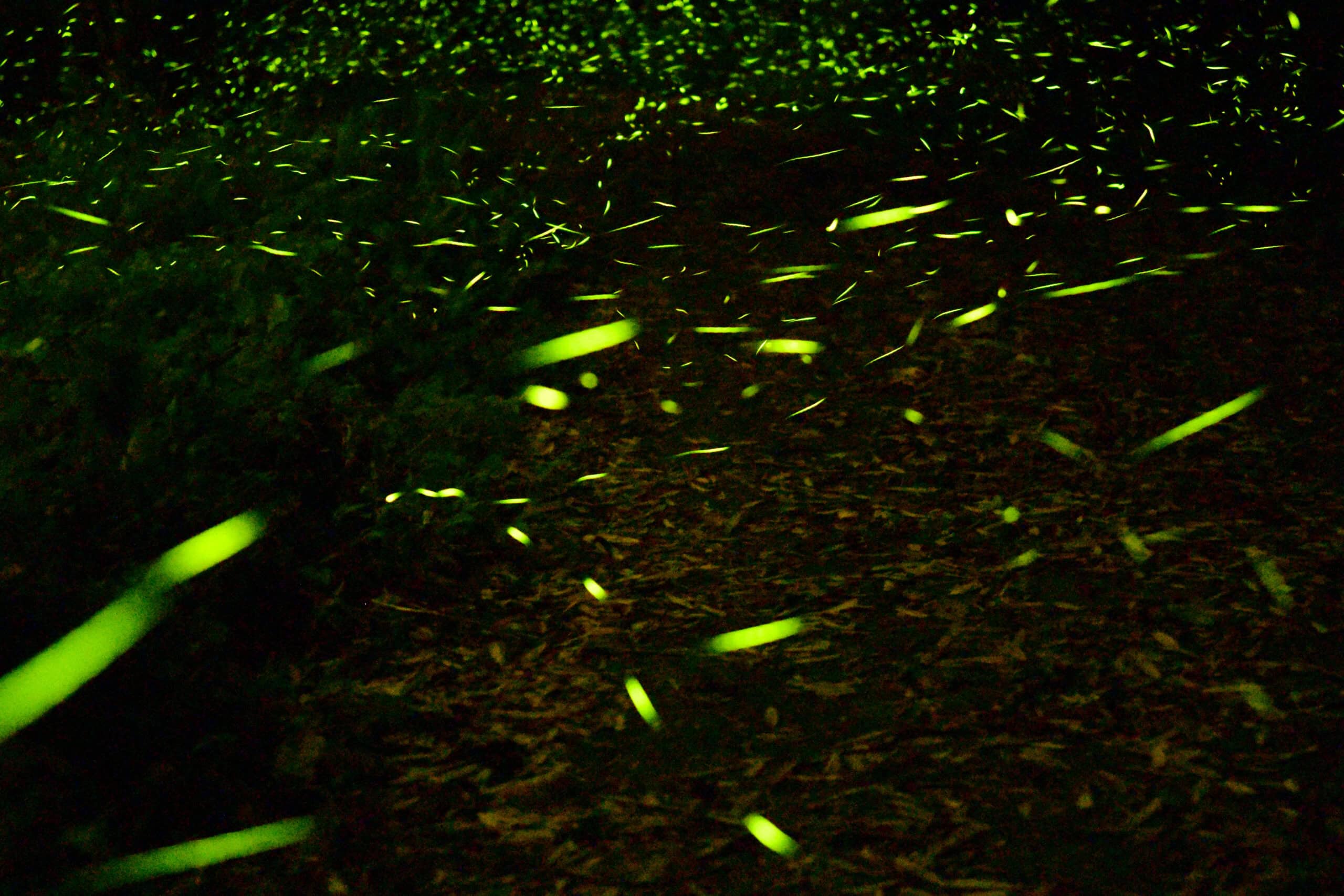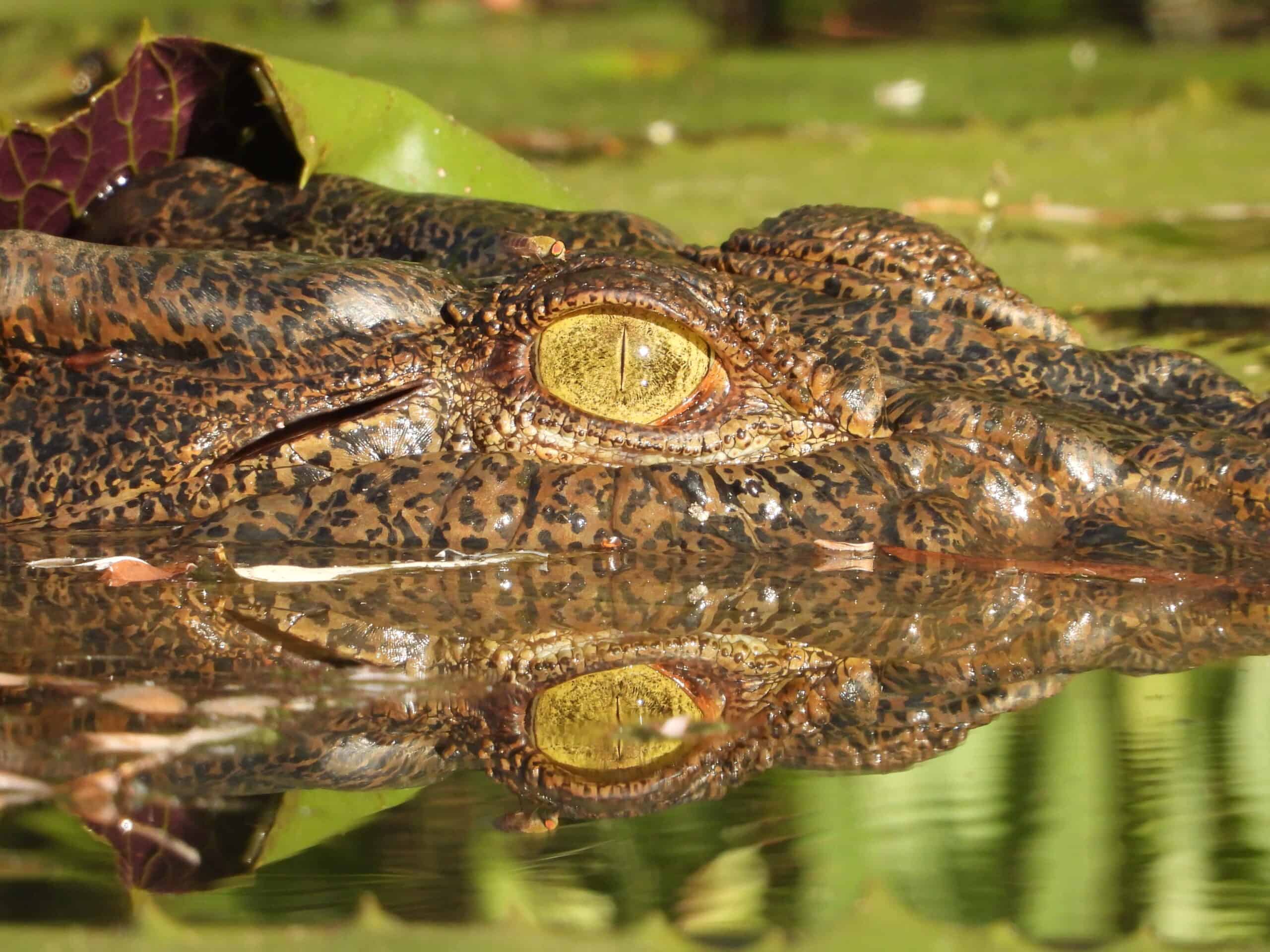Share this article
Wildlife Vocalizations: Trinity Smith
Wildlife Vocalizations is a collection of short personal perspectives from people in the field of wildlife sciences.
I have traveled to many breathtaking places for work, but the most interesting place isn’t the remote wilderness of Nevada, mountains of Utah, or the High Sierra. Instead, the California Central Valley has piqued my interest the most.
I’ll admit that the Central Valley was not the top of my list of places to work. There was something about the “wall to wall” agriculture that lacked appeal. Going into the field season, I was highly skeptical. After all, what could possible live in this growing region besides vegetables and fruit trees. Driving through the area for the first time, I was even more disappointed. After all, I did not sign up to work with people living in human landscapes when I joined the wildlife profession.
The area slowly started to grow on me as I realized the diversity of this region. The biodiversity we encountered in this area was impressive, but the aspect that interested me the most, despite my introversion, was the people. Throughout my wildlife education, “the public” was often talked about as a hurdle to overcome. This introduced a lot of cynicism into my view of what working in a human-dominated landscape would be like.

Smith holds a Pallid Bat at Lava Beds National Monument during a mist netting training session. Credit: Bat Survey Solutions
During the six months I spent working in the Central Valley, I worked with a variety of landowners. I heard a multitude of stories from ranchers, duck hunters, land managers, and farmers. All these stories shared a common thread, a passion for conservation of the lands they worked on. Although the language used was different, the intentions of the people I encountered was the same. They all had a deep understanding of their land and were making targeted decisions toward a certain goal, but we were speaking a different language. This appreciation was contagious as we spoke more.

Smith extracts a pregnant Pallid Bat from a net in the Mojave Desert region of Nevada during the Nevada Bat Blitz. Credit: Joseph Danielson
This experience was highly transformative for me. As a wildlife professional, I realized I need to stop thinking of working lands as a “lost cause.” Many of the people I spoke with had an interest in protecting and conserving wildlife on their lands but did not know where to start. Often, they felt that wildlife protection was not compatible with their goals.
As I continued working in the Central Valley, I realized that there is much work to do. Working lands are not a lost cause; however, conservation in these areas will not be achieved with an “us versus them” approach. Rather, during this work I realized that conservation will only be successful if we approach the situation with a humble attitude and willingness to learn the language.
Learn more about Wildlife Vocalizations, and read other contributions.
Submit your story for Wildlife Vocalizations or share the submission form with your peers and colleagues to encourage them to share their story.
For questions, please contact Jamila Blake.
Header Image: Trinity Smith helping students deploy a triple-high mist net. This photo was taken during the Humboldt State University Wildlife Techniques field trip. Credit: Ryan Thompson








